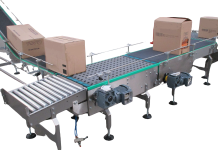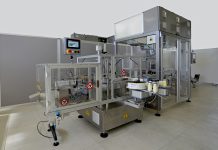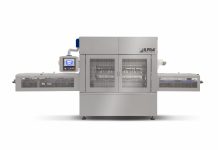Technological and environmental labels
Self-adhesive labels are becoming increasingly technological and environmental-friendly. The outcome of researches in the field of alternative materials, eco-labels are a very good marketing opportunity to enhance the package while reducing the environmental impact. Examples of this are the labels obtained with new films such as BoPLA (polylactic acid). These self-adhesive labels in PLA are made of corn starch, a biodegradable and decomposable material according to EN 13432. Then, there are the labels in white gloss paper in different grammage, with certified origin a of the cellulose from controlled replanted forests or with regenerated cellulose, which is compostable and biodegradable; and labels made 100% from regrind PE from industrial wastes, i.e. plastics obtained by regrinding used packages.
The new frontier for labels involves also the safety. There are self-adhesive labels that grant up to 100% the originality of the product and its traceability thanks to an integrated microchip. These labels can be read by means of a camera connected via USB, targeted to identify the validity and originality of the label. Within the sphere of safety labels, there are self-adhesive labels printed with temperature-sensitive inks that change colour within a specific temperature range. These inks change colour or disappear completely when exposed to a specific triggering temperature. They can be used even for the quality control of frozen food or, in any case, to guarantee that food has been stored at the correct temperature. And, lastly, there are self-adhesive labels printed with Optical Variable Inks, that guarantee safety at different levels: an colour change that is easy to detect, even by consumers, and having a light polarizing effect that can be identified by operators through a special filter.
Identification systems
Identification systems are used for the identification of objects. They make it possible to fully automate production processes, and to control the entire supply chain through a network. This ensures reduction of processing cycles, rendering production more flexible. Objects identification systems include versions with bar codes, Data Matrix Code or Radio Frequency Identification systems (RFID). Identification systems are largely used in the food sector, as they provide improved traceability and combat counterfeiting. It is possible, for instance, to apply a single casual code on each package (serialization), 2D bar codes, with lot number, expiry date, product code and serialization code (Data Matrix identification Data Matrix), directly on the package or with labels printed in real time. The use of serialization and Data Matrix codes at the beginning of the production lines provides for simpler traceability along the entire supply chain. With serialization and Data Matrix codes a research can be performed at any stage of the product life cycle.




